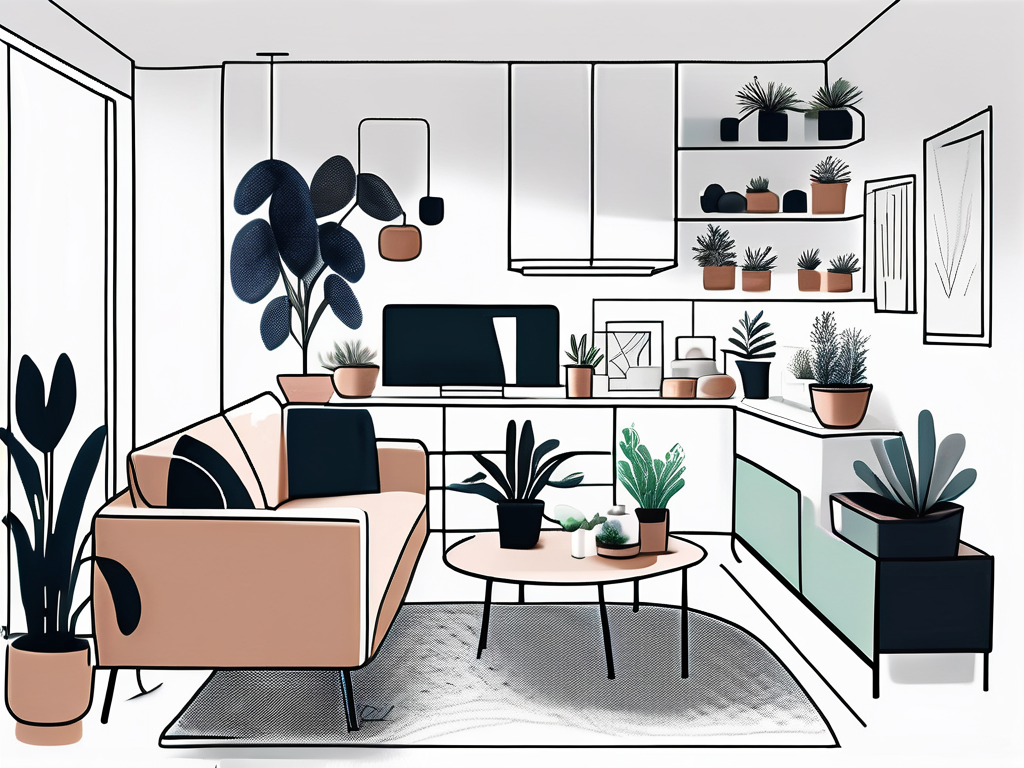Understanding the Need for Downsizing
Moving into a smaller space can be both an exciting and daunting experience. For many, the decision to downsize is prompted by life changes, financial considerations, or a desire for simplicity. Understanding the underlying reasons for this transition can help make the process smoother.
When faced with a larger home, it often becomes apparent that many spaces are underutilized. Downsizing allows you to optimize your living environment, ensuring that every square foot is purposeful and functional. Additionally, a smaller space can lead to reduced maintenance, lower utility bills, and less clutter in your life. This transition can also serve as an opportunity to reassess your belongings, encouraging you to keep only what brings you joy or serves a practical purpose, thus creating a more harmonious living space.
The Benefits of Living in a Smaller Space
One of the most significant advantages of moving into a smaller space is the potential for increased financial freedom. With lower mortgage or rent payments, you can allocate your resources toward experiences or savings. This newfound financial flexibility can lead to a more enjoyable and stress-free lifestyle. Additionally, smaller living spaces often foster a sense of community, as they are frequently located in vibrant neighborhoods where social interactions are more accessible, allowing for deeper connections with neighbors and local culture.
Furthermore, smaller living spaces typically encourage a more minimalist lifestyle. By limiting the amount of stuff you accumulate, you may discover a newfound appreciation for quality over quantity. This shift in mindset can lead to reduced stress and a greater focus on what truly matters in life. Embracing a minimalist approach can also inspire creativity in how you decorate and utilize your space, turning limitations into opportunities for innovative design and functionality.
Common Reasons for Downsizing
- Retirement: Many individuals opt to downsize once they retire, seeking lower maintenance living arrangements.
- Empty Nest: Parents may choose to downsize after their children leave home, realizing they no longer need extra bedrooms.
- Financial Strain: Economic changes or job loss can motivate households to seek a more affordable lifestyle.
- Desire for a Simpler Life: Some people downsize intentionally to simplify their lives, reducing material possessions and stress.
Identifying the reasons behind your need to downsize can help you stay motivated and focused throughout the process. Additionally, it can be beneficial to consider the emotional aspects of downsizing. Letting go of a family home filled with memories can be challenging, so taking the time to reflect on the positive experiences associated with your current space can ease the transition. Celebrating the memories while looking forward to new adventures in a smaller, more manageable environment can create a balanced perspective that enhances the downsizing journey.
Preparing for the Move
Preparation is key when it comes to successfully downsizing into a smaller space. To make the transition less overwhelming, it’s important to have a clear plan in place. Taking the time to assess your current possessions can make a huge difference in your overall experience.
Dealing with Sentimental Items
One of the biggest challenges when downsizing is parting ways with sentimental items. These items often hold cherished memories, making it difficult to let them go. Instead, consider taking photographs of these items or writing down the memories associated with them. This allows you to preserve the sentiment without needing to keep the physical object.
Additionally, you might consider sharing these items with family and friends who will appreciate them. This not only lightens your load but also passes along cherished keepsakes to people who will cherish them just as you did.
Essential Items to Keep
- Identify multi-functional items that serve several purposes.
- Prioritize daily necessities, such as kitchenware and personal items.
- Consider your lifestyle needs, keeping items that support your hobbies or interests.
By focusing on what is truly essential to your daily life, you can more efficiently pack and prepare for your move.
Effective Strategies for Downsizing
Once you’ve prepared for your move, it’s time to implement effective strategies for the actual downsizing process. Knowing where to start and how to sort through your belongings can significantly reduce the stress involved.
The Art of Decluttering
Decluttering is an essential part of downsizing. Start by going room by room, assessing each item based on its usefulness, condition, and sentimental value. A helpful tactic is to use the “one-year rule,” where if you haven’t used an item in the past year, it may be time to let it go.
Consider hosting a garage sale or donating items to charity. Not only does this help with decluttering, but it can also benefit those in need and potentially generate extra funds for your move.
Utilizing Storage Solutions
For items that you can’t bear to part with just yet but don’t have room for in your new space, consider utilizing storage solutions. Renting a small storage unit can provide a temporary haven for these belongings until you feel ready to decide their fate.
Alternatively, explore innovative storage options within your new home. Utilization of vertical space, under-bed storage, and furniture with built-in storage can maximize functionality without sacrificing style.
Making the Most of Your New Space
Adjusting to a smaller living space requires a shift in perspective, but with a little creativity, you can make it work beautifully. Understanding how to optimize the new area will enhance your living experience significantly.

Space-Saving Furniture Ideas
Investing in space-saving furniture can make all the difference in a smaller home. Look for pieces that can serve multiple functions, such as a sofa bed or an ottoman that doubles as storage. Furniture with legs can create an airy feel, making the room appear larger than it is.
Additionally, consider wall-mounted shelves or fold-down tables to keep the floor space open and airy. These features allow you to maintain functionality without overwhelming the visual space.
Organizing for Efficiency
Effective organization is crucial in a smaller living environment. Establish designated areas for specific activities, such as work, leisure, and storage, to ensure everything has its place.
Maximize storage by using bins, hooks, and dividers to keep items accessible and tidy. This organized approach will ultimately lead to faster and easier access to your belongings while maintaining a clean and open environment.
Adjusting to a Smaller Living Space
As you settle into your new, smaller home, it’s essential to embrace the adjustment process. Moving into a cozier space can come with its own set of challenges, but with the right mindset, it can also be an opportunity for personal growth.
Embracing Minimalism
Adopting a minimalist lifestyle can vastly improve your daily experience in a smaller space. Focus on the quality of your belongings rather than quantity, and learn to appreciate what you have. This simplicity can create a serene living environment that encourages mindfulness and reduces stress.
Additionally, fostering a mindset of gratitude for your smaller living space can significantly enhance your overall happiness. Celebrate the strengths of your new home, whether it’s its coziness, charm, or convenience.
Maintaining Your Downsized Home
Finally, it’s crucial to maintain your downsized living space effectively. Regular decluttering sessions will help keep excess items at bay, allowing you to enjoy your home without feeling overwhelmed.
Establish routines for cleaning and organizing that fit your lifestyle. Creating small habits for keeping your new home orderly can make a significant difference in ensuring it remains a comfortable place to live.
In conclusion, moving into a smaller space may initially seem intimidating, but with an understanding of the reasons, a solid plan, and effective strategies, you can embrace this change and thrive in your new environment.
















